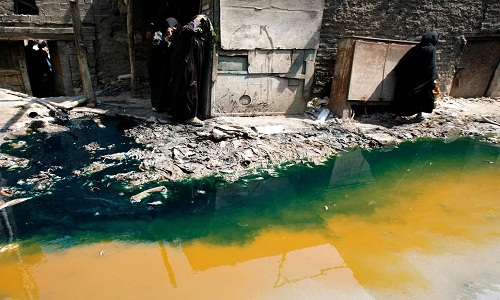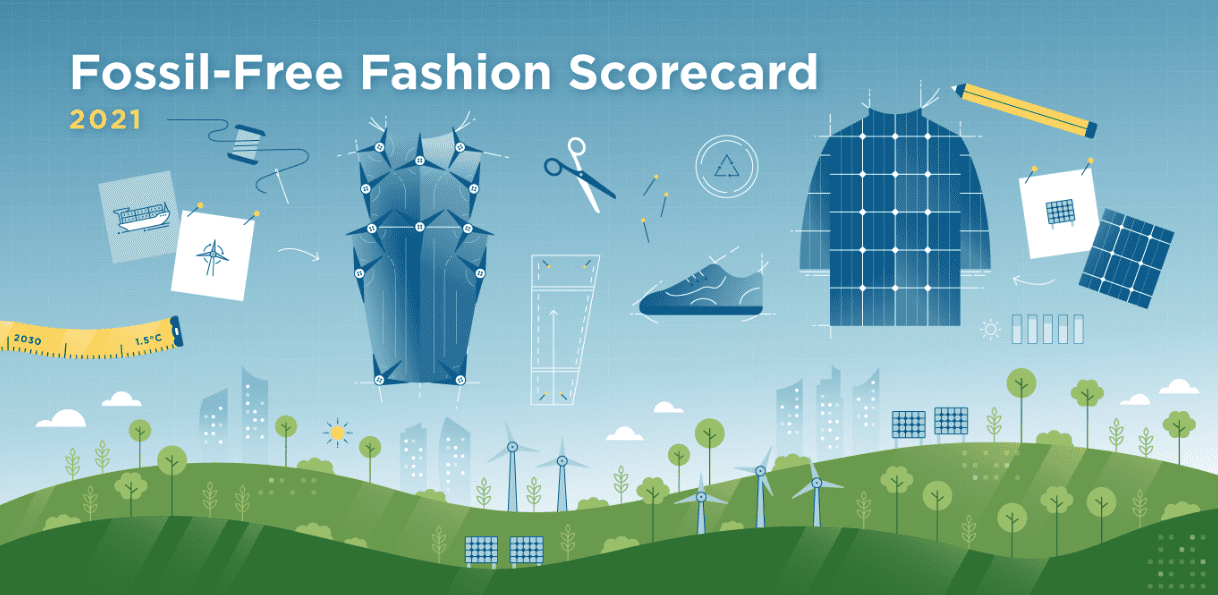"In a world of accelerating demand for apparel, consumers want -- and can also afford -- new clothes after wearing garments only a few times. Entire business models are built on the premise of fast fashion, providing clothes cheaply and quickly through shorter fashion cycles. However, this linear fashion model of buying, wearing and quickly discarding clothes has several economic, social and environmental implications. Some of these include. The economic loss from fashion waste is tremendous. The annual value of clothes discarded prematurely is over $400 billion globally."
 In a world of accelerating demand for apparel, consumers want -- and can also afford -- new clothes after wearing garments only a few times. Entire business models are built on the premise of fast fashion, providing clothes cheaply and quickly through shorter fashion cycles. However, this linear fashion model of buying, wearing and quickly discarding clothes has several economic, social and environmental implications. Some of these include:
In a world of accelerating demand for apparel, consumers want -- and can also afford -- new clothes after wearing garments only a few times. Entire business models are built on the premise of fast fashion, providing clothes cheaply and quickly through shorter fashion cycles. However, this linear fashion model of buying, wearing and quickly discarding clothes has several economic, social and environmental implications. Some of these include:
Economic and environmental impact of fast fashion
The economic loss from fashion waste is tremendous. The annual value of clothes discarded prematurely is over $400 billion globally. North Texas is literally burying tens of millions of dollars in recoverable materials each year, according to the annual Texas Campaign for the Environment State of Recycling report.
Early research also shows the economic benefits of slowing fast fashion down. A report showed that addressing environmental and social problems created by the fashion industry would provide a $192 billion overall benefit to the global economy by 2030. Several North Texas cities like Aubrey, Little Elm, Corinth, The Colony, Lancaster, Bedford, Haltom City, Richland Hills and, Plano have adopted curbside collection for textiles. Higher quality textiles are resold, while lower quality materials may be used as rags in auto shops or mining operations.
According to the Environmental Protection Agency emissions calculator, making a pair of Levi’s jeans produces as much greenhouse gases as driving a car more than 80 miles. And it takes 2,700 liters of water to make just one cotton shirt, enough to meet the average person's drinking needs for two-and-a-half years.
Fast fashion causes social issues
Clothing production has also created a number of social challenges. A 2018 US Department of Labor report found evidence of forced and child labor in many countries of the world.
world.
Rapid consumption of apparel and the need to deliver short fashion cycles stresses production resources, often resulting in supply chains that put profits ahead of human welfare.
A growing number of policies and regulations around the world require emissions cuts and reduced resource use, such as the EU Waste Framework Directive. Businesses won't be able to out-innovate the problem of growing consumption based on using more materials to meet increasing customer demands. Companies that want to compete in tomorrow's markets will need to decouple their business growth from resource use in order to stay profitable.
Recycling emerges as a viable option
The early signs of an industry in transition are visible. Business models based on longevity, such as Rent the Runway and Gwynnie Bee, are supporting reuse instead of rapid consumption. The Nordstrom Men's store in New York houses a Levi's Tailor Shop, where men can have their damaged jeans repaired and customized instead of thrown to the curb.
There are options for consumers to lease clothes rather than buy and stash them in their closets. Ideally, an end-of-ownership model for apparel will be implemented in a way that considers impacts on jobs, communities and the environment.
To meet the growing demand for clothes, companies will need to design, test and invest in business models that reuse clothes and maximise their useful life. If sustainable apparel is done right, companies can reap rich environmental, economic and social rewards, all while providing their customers better experiences. Consumers, on the other hand, need to seriously consider the volume of apparel they consume and its impacts.












